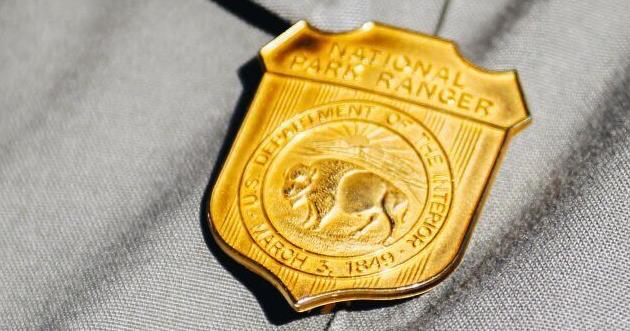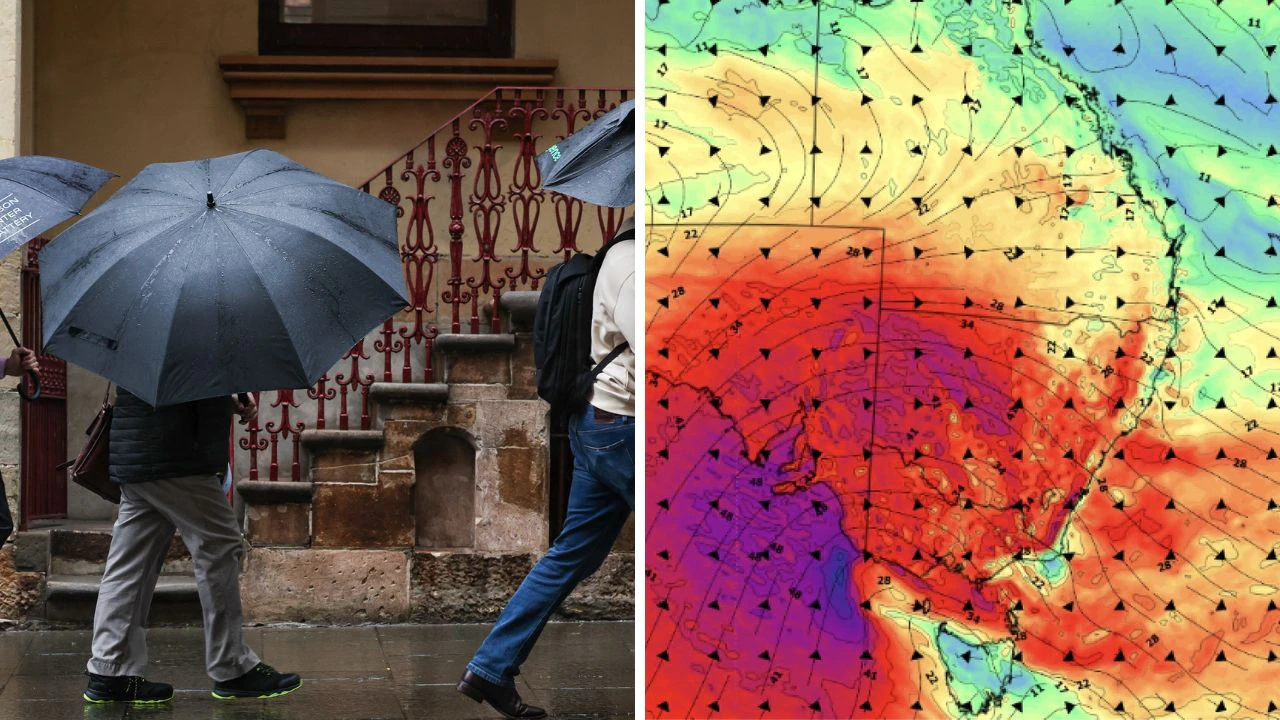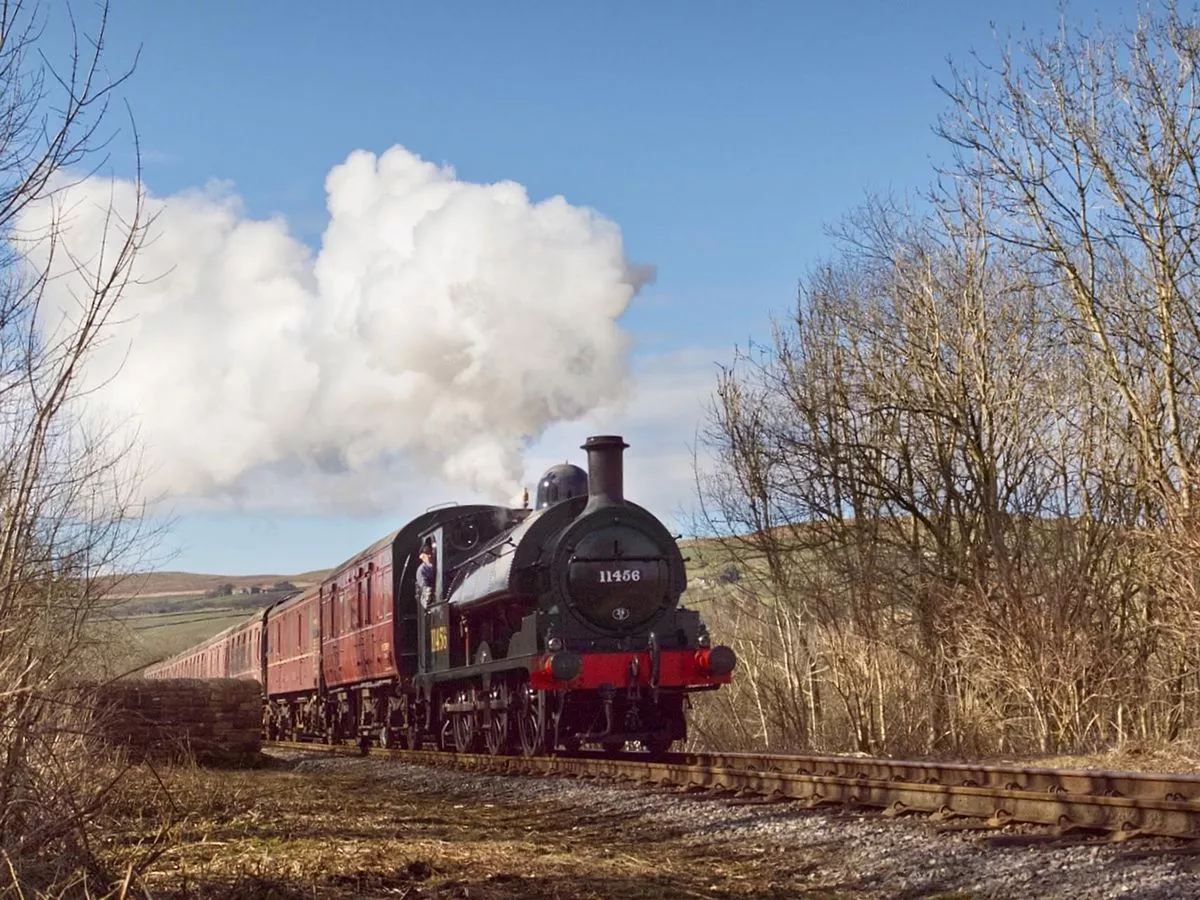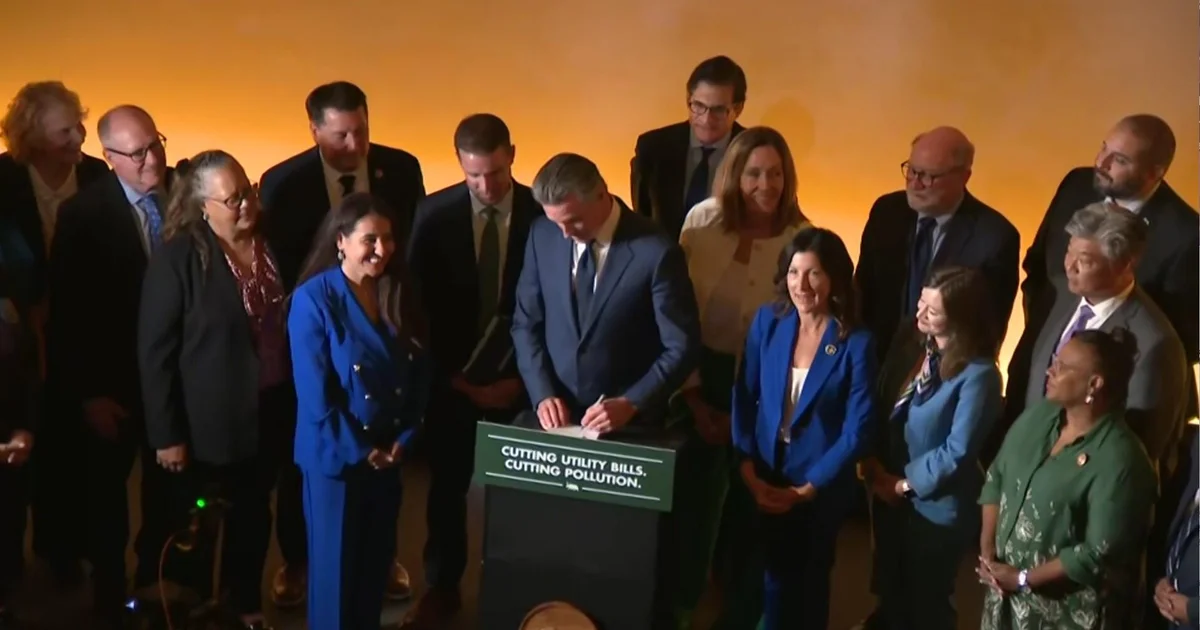
Brett French
Outdoor Editor
Get email notifications on {{subject}} daily!
Your notification has been saved.
There was a problem saving your notification.
{{description}}
Email notifications are only sent once a day, and only if there are new matching items.
Followed notifications
Please log in to use this feature
Log In
Don’t have an account? Sign Up Today
There’s a certain glamour associated with the title of backcountry ranger in a national park.
These are self-sufficient individuals with a variety of woodcraft skills and natural history knowledge, everything from wielding a chainsaw or axe for trail clearing to advice on not drinking the arsenic-dense waters flowing into streams below geysers and hot pools.
So bumping into Kimberly Lewis at the Shoshone Lake Geyser Basin this summer was a pleasure, providing an opportunity to pepper her with a variety of questions about the area’s campsites and the dangers and wonders of paddling the lake — all off the record.
Yet the encounter piqued my interest in her role, leading to the submission of a series of questions to better understand her job and what it entails.
Assigned to the Lake Ranger Station, Lewis graciously responded with the following insights to her important role as a protector of the natural amenities of our first national park, as well as honest answers about the downsides to being deployed — often alone — in Yellowstone’s wild woods and waters that teem with thermal features and a fantastic array of wildlife.
Q&A with a backcountry ranger
How long have you been a backcountry ranger?
I have been a backcountry ranger for three summer seasons and with the National Park Service for seven seasons.
What’s the attraction of the job?
The attraction of the job is helping to protect the Yellowstone ecosystem and being part of a long legacy of rangers that have done so. I also enjoy interacting with the public in the backcountry; you hear interesting stories, intervene in unsafe situations, mentor the inexperienced, and educate on impactful use.
How long are rangers deployed in the backcountry before being rotated out?
Our work week is nine days long. We can be in the backcountry anywhere from one to nine days. Typically, our trips are four to eight days long.
What skills are required for the position?
There are many skills used in the job. At the most basic, you need experience in backcountry travel in any form, particularly hiking. We do trainings on chainsaw use, hand saw and axe use for clearing trail, horsemanship and packing, hanging food poles using rope systems, kayak and canoe rescue and search and rescue. It is helpful to have experience in general maintenance work, trailering and towing and customer service.
How long is the season?
A typical backcountry season in Yellowstone National Park lasts from the beginning of May through the end of September.
What’s the best/worst part of the job?
Listen now and subscribe: Apple Podcasts | Google Podcasts | Spotify | RSS Feed | Montana Untamed
The best part of the job is spending extended periods of time in the Yellowstone backcountry, being able to get to know a section of the backcountry so well. You really feel connected to the land and the National Park Service mission. Yellowstone’s geography is always changing due to the thermal features, harsh weather, fire, etc., but I have the privilege of witnessing nature functioning unimpeded as it has done for centuries; It’s pretty astounding to be in the backcountry in Yellowstone National Park and realize that this valley, mountain, or body of water has remained the same for centuries and will endure beyond my lifetime. It’s a boon to the soul to know that you get to help it in your small way. On a more superficial level, it’s really cool to see pelicans, bald eagles, kingfishers, elk, wolves, bears, etc. in their natural habitat.
The worst part of the job is time spent away from family. We spend usually seven to nine days in the backcountry with only satellite communication with loved ones. When we come out of the backcountry, we are often alone too. Because Yellowstone is so large and isolated and its economy so narrow in scope, most of our significant others live and work outside of the park. Most of us commute 1.5 to four hours to “home” and our partners on the weekend. Dating is hard, because you also have to commute to a gateway town or farther to meet anyone that isn’t a coworker or a seasonal worker that will move away after only a few months. We all move cross country for the opportunity to work in Yellowstone, so family is usually a plane ride away. There are small, close-knit communities inside Yellowstone National Park, but they are tiny and largely seasonal in nature.
Here’s a brief explainer before this next question:
Campsites along the shores of Shoshone Lake have pit or composting toilets to ensure human waste and toilet paper aren’t scattered across the basin. While we were camped at Moose Creek this summer, Ranger Lewis paddled ashore in her kayak to stir one of the composting toilets, an unpleasant but necessary task.
In talking to her about the dry-heave-inducing activity, she jokingly noted she probably has more knowledge about composting toilets and human waste composition than most people.
Many of the toilets around the lake, and those at developed sites in the park, urge people not to place trash in them. Unfortunately, someone always throws candy wrappers or other nonbiodegradable waste into the toilets. These objects have to be removed.
How much of the work is human waste management?
A small part of backcountry work is human waste management. Most of our hours are spent traveling to and fro to get to remote areas of the park. The Yellowstone National Park backcountry is divided into three different workgroups and areas. My district (the Lake district) is responsible for 160 campsites of Yellowstone’s approximately 300 backcountry campsites. Of those 160 campsites, about 50 have a pit toilet or composting toilet. I personally redig about five of those pit toilets a season and do ongoing maintenance on five composting toilets. Our more popular sites need to have a pit toilet redug every season or two. Our less used sites can go several years between needing to redig a pit toilet. Unfortunately, I do clean up toilet paper piles in campsites and along trails at least once a trip, even in sites that have pit toilets. Usually, the toilet paper is on the surface and not buried.
How has satellite communication changed the job?
I did not work for the backcountry district prior to satellite communication, but I can speak to some of the changes. Each backcountry ranger is issued a satellite messenger. I send and receive messages to/from my supervisors, the central backcountry permitting office, our dispatch, coworkers and my partner. For official communications we had processes in place already for communication. For example, we used to have telephone landlines to some of the backcountry patrol cabins, which we used to phone in wildland fires, violations and supply needs. We still do check in with dispatch via radio in the morning and evening, and dispatch passes along any messages to us.
Having the ability to message via satellite has cut down on radio chatter. Most significantly, it’s efficient to communicate with the Central Backcountry Office to change permits and pass along trail conditions in real time. My supervisors have the ability to see ranger’s locations, so they have messaged me to respond to reported lost parties in my area, track me on a long solo day, and give guidance about unique trail issues. On search and rescues, we use rangers’ GPS tracks to record where search efforts have taken place and use the messaging to communicate sensitive or extensive information about injured parties and supply needs. When a coworker was in an area before me, I can directly message that coworker about an issue to see how they handled it or progress on a project.
The biggest change is we now have the ability to directly communicate with loved ones, which we didn’t have before. I normally message my husband once a day with an “I’m okay and safe” and something unique about my day, which helps with a daily touch point for our relationship and his confidence in my safety.
Some context
For perspective, backcountry camping use in Yellowstone has climbed since the 1970s when backpacking gained wider popularity. By 1999, more than 37,200 people were seeking permits for backcountry campsites, a means of regulating use. That’s compared to more than 3.13 million who mostly visited the developed portions of the park that year.
By 2023, the park’s total visitation had grown to 4.5 million and there were more than 38,200 backcountry campers spread across Yellowstone’s 3,471 square miles. Several years in the past, however, as many as 45,000 backcountry campers have signed in.
Not surprisingly, a 2018 report found the majority of backcountry users, about 77%, visit during the peak summer months of June, July and August. This same study, which analyzed the demographics of backcountry users, found that the majority of these people were young, white, well-educated males who stayed for one to three nights, on average.
It would be interesting to revisit this data as it seems the park’s “shoulder season” visitation has increased since the pandemic. Shoulder seasons are the spring and fall months just before and after the three main summer months. Thanks to an aging population of baby boomers, many of whom have disposable incomes, it seems this contingent’s presence has grown in the park’s developed and backcountry regions.
Love
0
Funny
0
Wow
0
Sad
0
Angry
0
Be the first to know
Get local news delivered to your inbox!
* I understand and agree that registration on or use of this site constitutes agreement to its user agreement and privacy policy.
Brett French
Outdoor Editor
Get email notifications on {{subject}} daily!
Your notification has been saved.
There was a problem saving your notification.
{{description}}
Email notifications are only sent once a day, and only if there are new matching items.
Followed notifications
Please log in to use this feature
Log In
Don’t have an account? Sign Up Today



